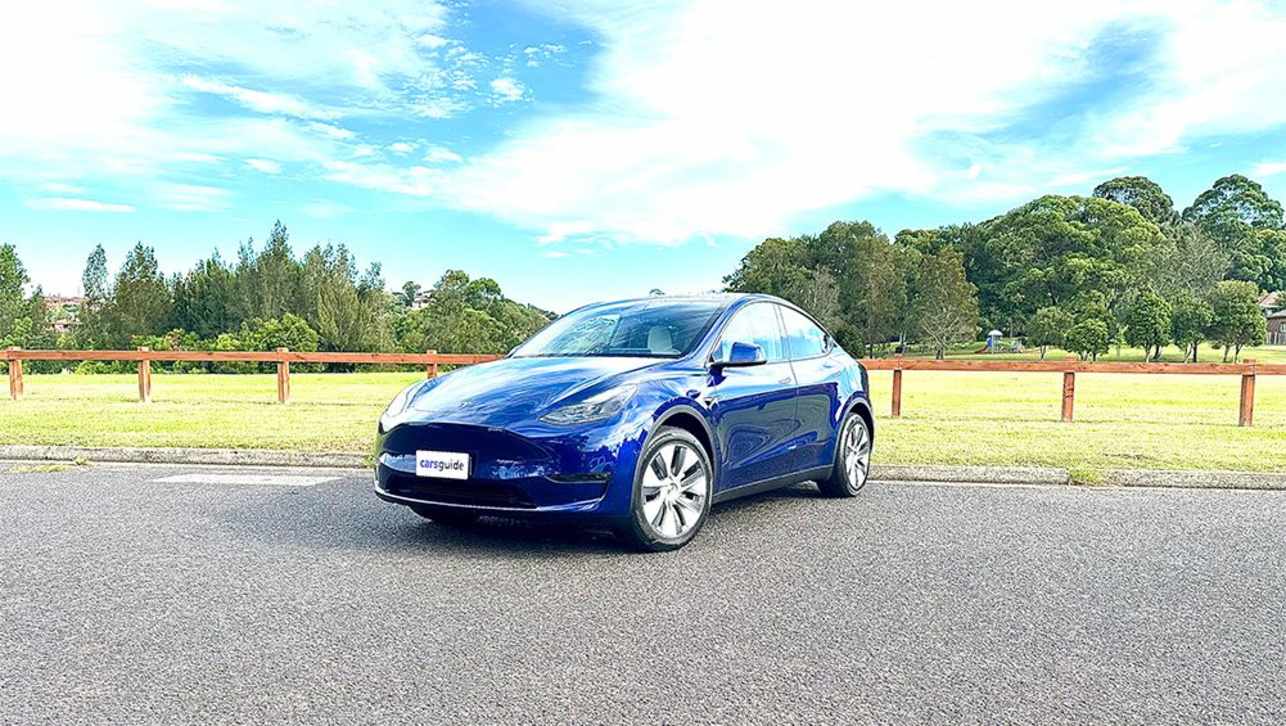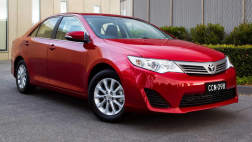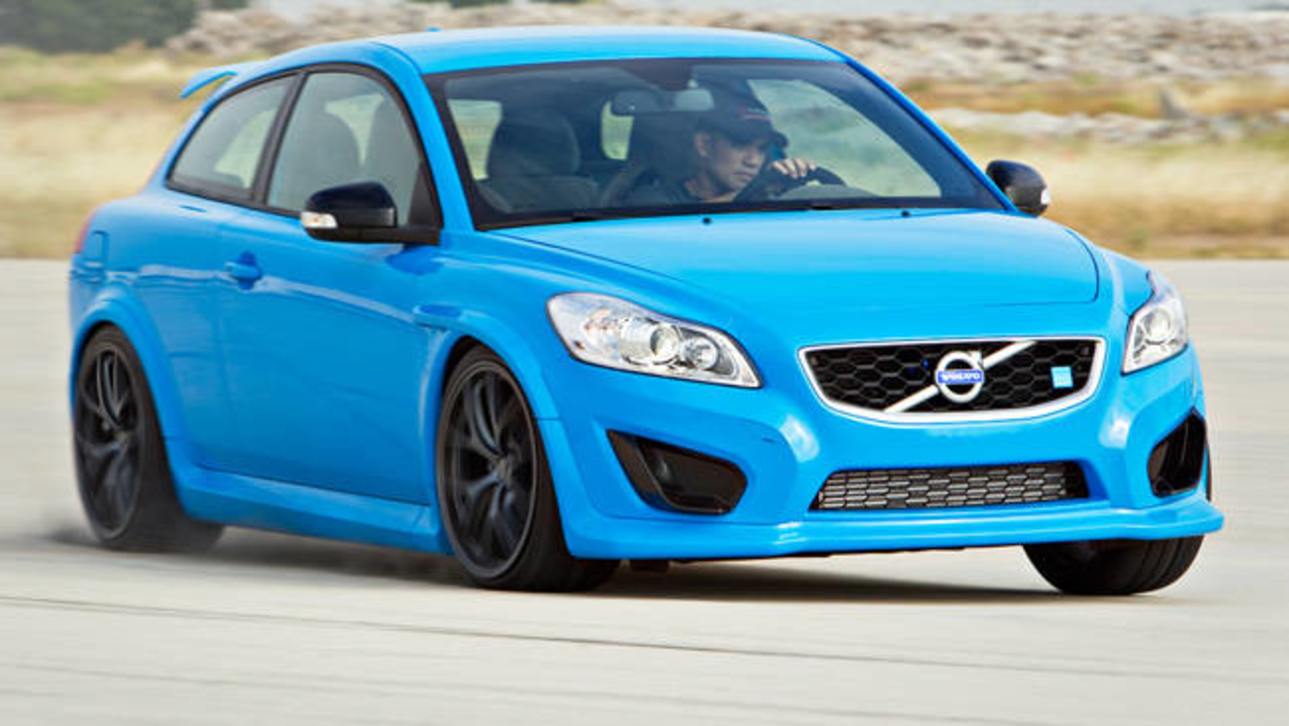The plug-in C30 coupe has so much low-drag technology, particularly in its tyres, that it seems to roll forever once it gets up to speed during an introductory drive at the Volvo test track near Gothenburg.
The electric C30 — Volvo calls it the BEV, for Battery Electric Vehicle — looks much like every other C30, apart from sitting a little closer to the road, but it is a breakthrough car for a brand which is chasing every green path into the future.
A production version of the C30 BEV could be ready for sale as soon as 2011, although no-one at Volvo is making any firm commitments. "The volume production decision is not yet made. (But) We are ready to take the leadership there and we have a firm plan," says Paul Gustavsson, director of electrification strategy at Volvo Cars. "We believe electrification for cars is very beneficial. For a start, it is much more efficient. There is no pollution or noise in the traffic environment. "Also, the operating cost for the consumer is lower. Operating costs are one-third of diesel."
He admits there is a cost penalty in batteries, but says they are better for automotive recycling. While the C30 BEV is only on the 'highly likely' list, Volvo is definitely committed to a plug-in hybrid for 2011. And its highly-efficient DRIVe C30 is coming to Australia in the first quarter of next year.
I drove a plug-in hybrid prototype in Sweden built into the body of a V70 wagon — with a diesel engine in the nose and electric motors for the rear axle — and it was as free-wheeling and refined as the BEV. Heavier and more complicated, for sure, but more everyday than the futuristic Toyota Prius. "It's all about reducing fuel consumption," says Fustavsson. "In 2000 the best Volvo was at 6.5L/100km, and six years later we have improved by 10 per cent. With the DRIVe cars we are down to 4.6. In just 36 months from now we have a car for sale with half that consumption, 1.9L (2012). "Our target is a car with zero fuel consumption." Volvo believes the key is moving quickly away from regular unleaded petrol to alternate fuels, in parallel with its electric programs. "Electrification gives much more energy for transport. It's a key opportunity," says Dr Marten Levenstam, who heads long-range strategy and innovation at Volvo.
He is clearly happy as I enjoy driving everything from the DRIVe cars to the BEV in Sweden, and even happier about Volvo's plan. "At Volvo we don't make fuels ... but we look at how to adapt our cars," Levenstam says. "In less than 10 years we change from petrol to diesel and ethanol. What are the most suitable alternative fuel? There is no clear answer."
But he knows one way for everyone to go greener on the road. "There is a lot of interest from people looking for lower fuel economy and better CO2 emissions. But keep in mind that it's not just technology ... it's driving behaviour, "If you want your license in Sweden you have to take courses in eco driving. It's all about co-operation."








.jpg)

.jpg)
.jpg)





.jpg)

.jpg)
.jpg)












Comments